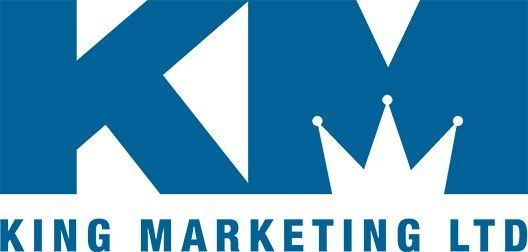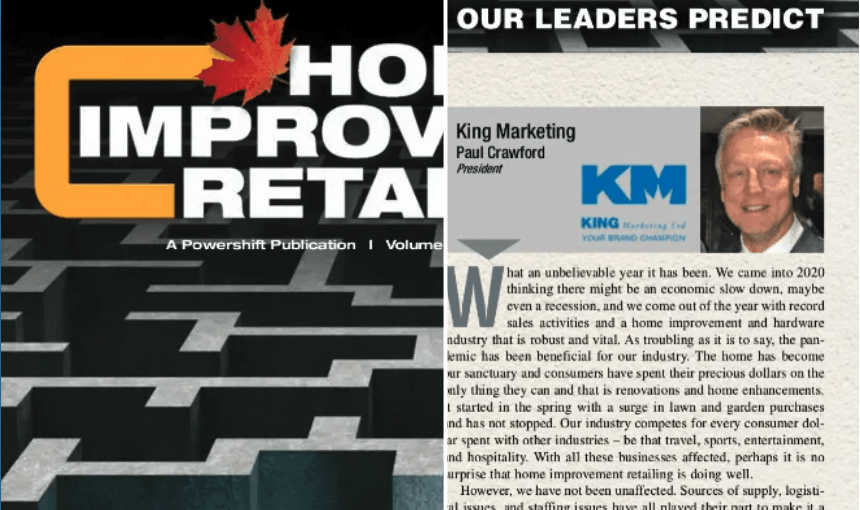5 Reasons to Invest in A Merchandising Services Group
1) Visual Appeal
Do you know how your product is presented in the stores today? Is the store set to your best practice plan-o-gram? Is the set attractive, with no torn or broken packaging, are your displays clean and functional? Are your point of purchase (POP) materials, such as signs and headers in place and providing the customer with the type of information to help make that sale?
A Merchandising Services company can set your mind to rest. They will ensure all these important things are looked after and should provide you with photographs viewable through a web-based portal to prove it!
2) Empty Shelves Mean Lost Sales
Isn’t it frustrating when there is no stock on the shelf for your best-selling items?
During the COVID-19 pandemic, stores ran out of stock of many key items and with a lack of staff in the stores coupled with shipping and logistical issues the stores may still not have your best-selling items on the shelf.
Compounding the problem is that most orders are now generated by a computer, not a person. We have seen that computer on-hands may not match the physical on-hands so unless someone is physically checking the shelf, orders may not be generated for items that are out of stock.
A Merchandising Services company will conduct cycle counts on a regular basis to ensure computer on-hands match the physical on hands. Then they will then make the necessary system changes to correct the stock counts and then ensure orders are placed for missing products.
3) Optimizing Product Visibility
Are the stores merchandising your products on endcaps, stack-outs, wing panels or clip-strips?
These are prime selling positions in a store. Because Merchandising Service Company reps have already developed relationships at the store level, they are able to negotiate and procure off-shelf positions for your products. Why not gain an unfair advantage by increasing the space for your product listings in store? More orders will be generated to fill these off-shelf positions and sales will increase as a result.
4) Product Knowledge and Training
When you introduce a new product do you have a brand advocate in the store talking about the exciting features of that product?
Merchandising Service representatives will provide store staff product knowledge on all visits. These can be impromptu reminders of key selling features and benefits or a fully planned in-aisle demonstration.
Knowledge is power and an informed staff member will gladly pass on that newfound product knowledge to customers. This will give your product a distinct advantage over a competitor’s product.
5) Reducing Return Rates to Save Money
Are you aware of what is being returned to the store as “Defective Merchandise”? Reducing return rates by even a small percentage can result in many thousands of dollars of savings in defective allowances.
A Merchandising Service Company will check the returned products to ensure that the product a customer has returned to the store is actually “defective” and not just an item that was used for a weekend project. Quite often the product returned may not even be your product.
Brands who work with a Merchandising Service have the advantage of a set of eyes and ears at the store level ensuring customer returns are legitimate.
Merchandising Service companies charge a modest fee or a small commission on sales in providing these services.
For more information and to receive a complimentary store audit please complete the following information and then start seeing how your products look in the stores today.





